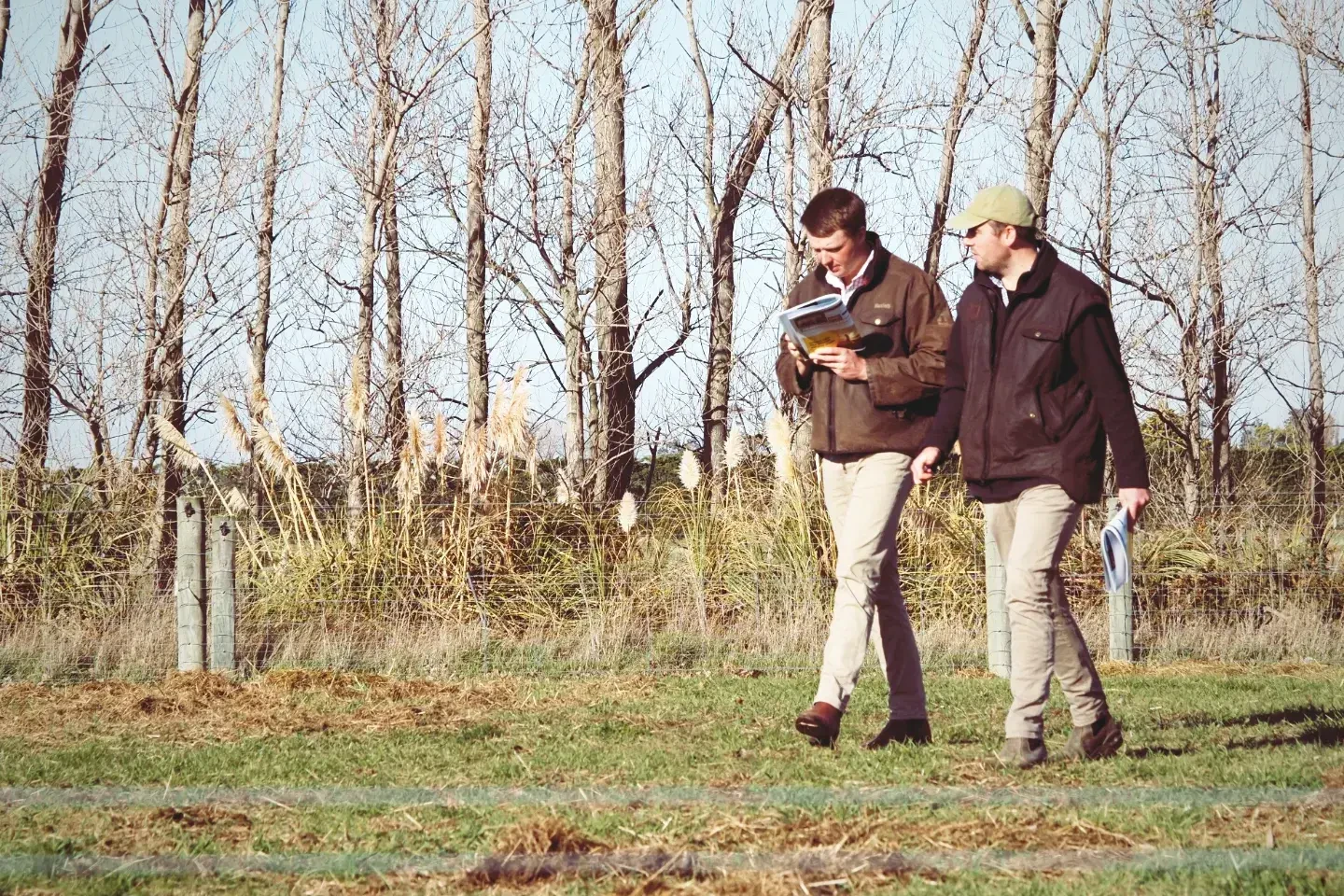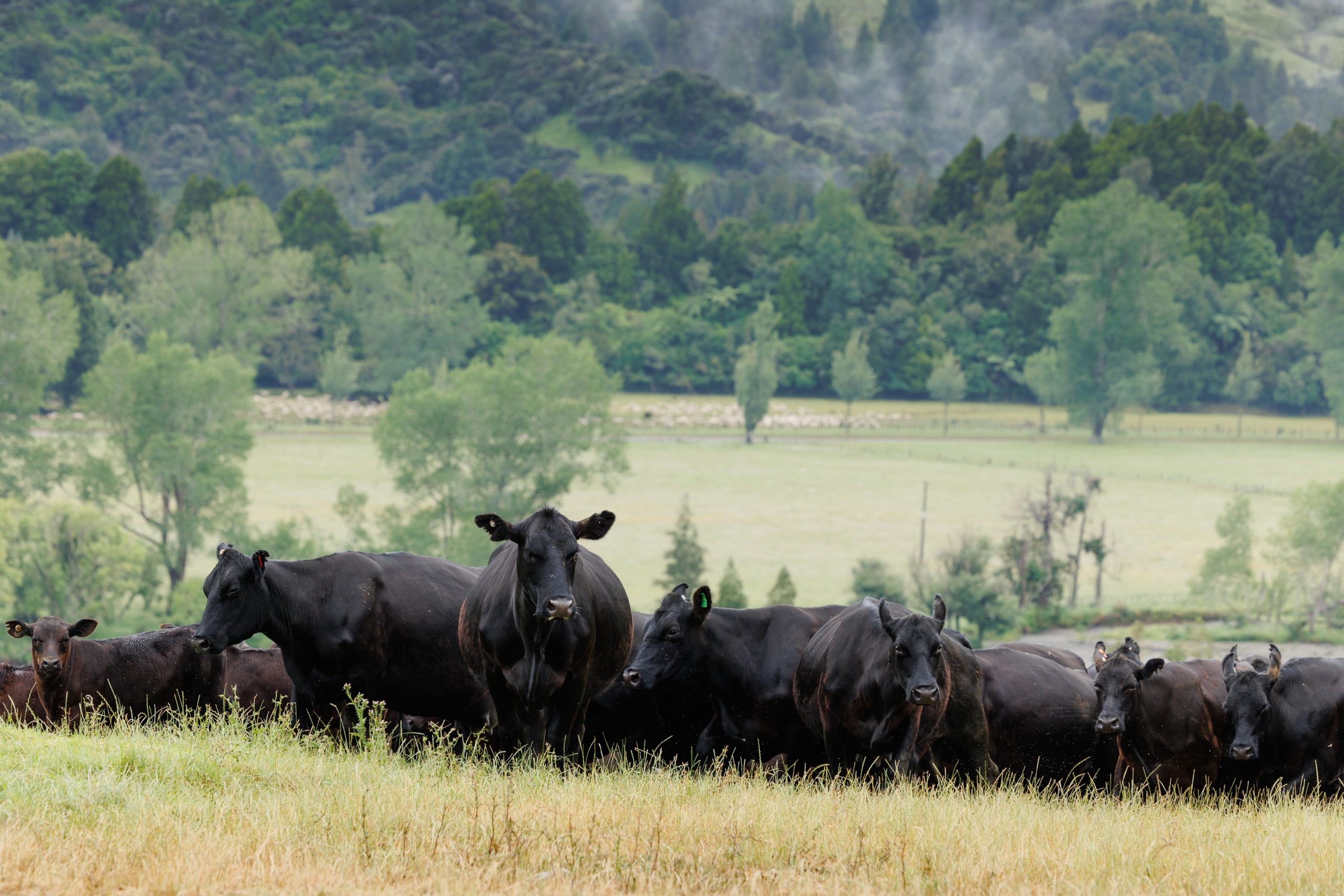2023 Nuffield Report: What’s the beef?
Hot off the Press: An executive summary from Matt Iremonger’s Nuffield Report exploring opportunities for Beef on Dairy in New Zealand. Words by Matt Iremonger.

Over two million calves are produced from the dairy herd in New Zealand every year, some are either retained for herd replacements, or are raised and finished on dry stock farms. However, approximately 1.8 million non-replacement or bobby calves are slaughtered annually at 4-7 days of age.
The opportunity for ‘beef on dairy’ is to shift the value chain from dysfunctional to functional. If the end product has a greater value, then financial participation and therefore functionality increases for all activities involved in creating, rearing, growing, processing, marketing, and delivering a beef product to the end consumer from the dairy industry.
Financial effectiveness is the fundamental aspect throughout any value chain, facilitating the flow of resources, transactions, and incentives at each stage.
Unless there is more money for the end product of non-replacement calves, the value chain will continue to focus on cost minimisation of the calf as a by-product of milk production.
Money saves the bobby calf, but to realise more value with the consumer a successful beef on dairy value chain requires several key changes that contribute to delivering a product that has a higher value to the consumer, and increased effectiveness and efficiency.
By shifting from a production driven to a consumer demanded beef on the dairy value chain there is a prospect to enhance value and provide an opportunity for beef on dairy and the non-replacement dairy calf.
- Understand the Customer Needs: Grain fed is often a customer preference, especially in Asia markets. Short fed grain
finished beef could be an opportunity to align the value chain activities with customer requirements. Grain fed also creates products that deliver value and meet customer demands of product consistency and reliable supply effectively. -
Improve Integration and Co-ordination of Farming Systems: This involves seamless communication, collaboration, and synchronization of activities to ensure smooth flow and timely delivery of products or services, dairy farms, rearers growers and finishers.
-
Efficiency and Cost Optimisation: Using genetics designed to minimize costs and maximise efficiency at every stage of beef production optimises resource utilisation to achieve production cost advantages.
-
Sustainability: The opportunity to communicate and validate existing environmental, social, and governance (ESG) factors of a low carbon beef sales platform to deliver value to the consumer.
-
Technology: Meat grading is critical to improve value, give visibility and confidence of product quality and consistency of eating experience for the consumer.
-
Continuous Improvement and Innovation: Marketing and branding of beef on dairy needs to continuously seek ways to introduce new digital transaction functions, and data analysis to optimise processes, and innovate across all stages of the value chain.
By shifting from a production driven to a consumer demanded beef on the dairy value chain there is a prospect to enhance value and provide an opportunity for beef on dairy and the non-replacement dairy calf.
To read Matt’s full report or visit ruralleaders.co.nz




